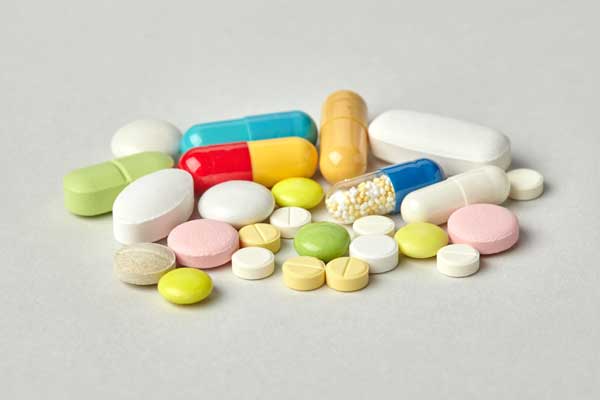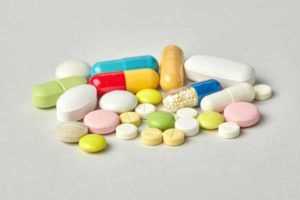Significance of shelf life studies on pharmaceutical products


Any medicinal product does not remain stable for all time. The potency or strength of the active ingredient drops over a period of time. Visually also formulations change and become discoloured, develop spots, becomes powdery or show other distinct changes so the concern arises as to how long after manufacture the formulation can be used or in other words what is its shelf life
Shelf life is defined as the time period over which the concentration of the active drug ingredient in the formulation drops by 10 percent from its value at time of manufacture. It depends on several environmental factors under which the finished product is stored.
Factors Affecting ShelfLife
The environmental factors which influence shelf life are:
Temperature – decomposition of active drug ingredient takes place at a faster rate with rise in temperature
Humidity – an increase in humidity levels leads to crust formation on tablets due to increased oxidation by air. Excess moisture also facilitates growth of microbiological bacteria
Light – certain compounds are sensitive to light and degrade on exposure. For this reason such pharmaceutical products need to be stored in light tight containers
Reaction of active ingredient with excipients – excipients are added to active ingredients to improve their characteristics. However, care should be exercised in making the right combination so that they remain inert towards the active ingredient
Exposure to air – oxygen present in the air can accelerate the oxidation of drug ingredients and shorten their useful life.
Microbial contamination – microbial contamination occurs due to unintentional exposure of the formulation to microbes present in contaminated environments
Stability Studies
Long time studies
Long time studies on pharmaceutical products are carried out over extended time periods till the formulation fails its specifications under the recommended storage conditions. Typically storage is done at \(25^0C\) +/- \(2^0C\) and RH of 60 +/- 5% for up to 60 months. Testing is carried out at different time intervals till the target shelf life to forecast the degradation patterns and should be continued for some time beyond the time it degrades below the claimed specifications
Accelerated stability testing
Accelerated testing helps save on evaluation time as the product is stored and tested under high temperature and humidity conditions so as to accelerate the degradation. The product is stored at \(40^0 C\) +/-\( 2^0 C \)with humidity controlled at 75 % RH +/- 5% for up to 6 months. The product may be released into the market after accelerated stability studies but the shelf life should also be verified simultaneously using long time studies.
Potency, physical characteristics and purity constitute the three main parameters which are studied during stability studies. The consumer is not able to find out on his own the potency and purity during usage and has to rely on what is printed on labels but can always make out changes in products such as odour, discolouration, hardness, blister formation, spotting or phase separation in gels and ointments.
The main object of shelf life studies is to generate valid data to ensure that the consumers are made available pharmaceutical formulations that are safe to use, effective for required treatments and are reliable.






Dear Sir,
Thanks a lot, Now I am very clear about shelf life.
Best Regards,
Aminul Islam
Renata limited, Bangladesh
Dear Dr. Deepak,
For recombinant therapeutic products (like monoclonal antibodies, growth factors etc) does the shelf-life of active ingredient be always equal or more than the whole formulated product itself? Or to proceed with the formulation of recombinant product, can re-test period be considered for active ingredient? Appreciate your inputs.